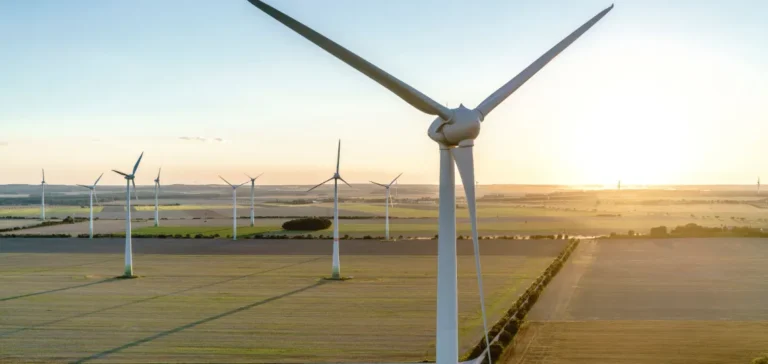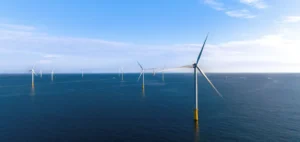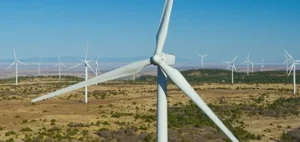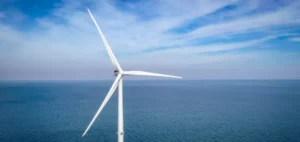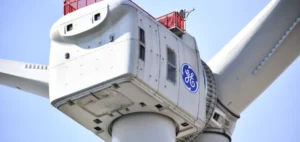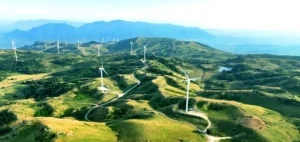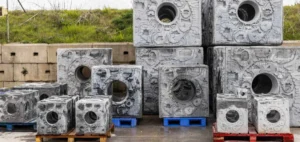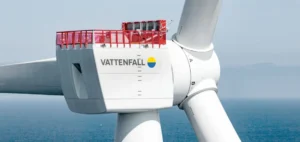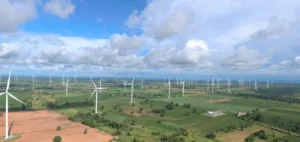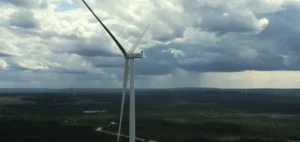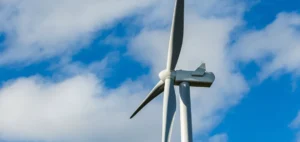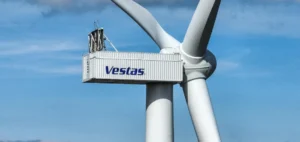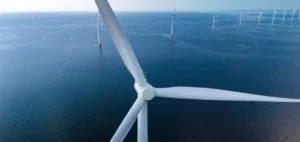The Raßlitz wind farm in Saxony has undergone a major transformation with the commissioning of two Enercon E-160 turbines, delivered by Energiequelle GmbH. This replacement of the former E-58 models increases the site’s total capacity from two megawatts to eleven megawatts, according to the statement issued by Energiequelle on July 14. Each new turbine has a capacity of 5.56 megawatts and a hub height of 166.6 metres.
Significant increase in annual output
The new installations are expected to generate around 40.8mn kilowatt-hours per year. This notable rise in production enables the supply of electricity to more than ten thousand households, based on the project’s technical data. The increased capacity is the result of a repowering process, a practice involving the replacement of existing wind equipment with more powerful models to optimise the park’s performance.
The site upgrade required a lengthy and complex planning phase, which began as early as 2013 by Energiequelle GmbH. Lease agreements were signed in 2017, followed by the site’s designation as a priority wind zone only seven years later, under the regional development plan.
Regulatory complexity and construction of a new substation
The granting of planning rights in 2020 enabled Energiequelle GmbH to submit a permit application under the Federal Immission Control Act (Bundes-Immissionsschutzgesetz, BImSchG), which was approved in 2022. Several amendments to Saxon regulations and growing local opposition to wind development constituted additional hurdles.
The construction of a new substation proved a significant challenge, after the originally planned facility became unavailable due to increased expected capacities. “We had to mobilise all resources to build our own substation,” stated Fabian Musall, Head of Project Management at Energiequelle GmbH’s Dresden office, as quoted in the official statement.
Operator change and integration into the public grid
Since June 20, electricity produced by the wind farm has been fed into the public grid. The farm has been sold to Encavis AG, a European producer specialising in renewable energy. Encavis AG manages a portfolio including onshore wind farms, ground-mounted solar power plants and battery storage systems.
Encavis AG is continuing the expansion of its wind energy assets, while the project demonstrates the ongoing trend towards optimising existing installations in the German market.


